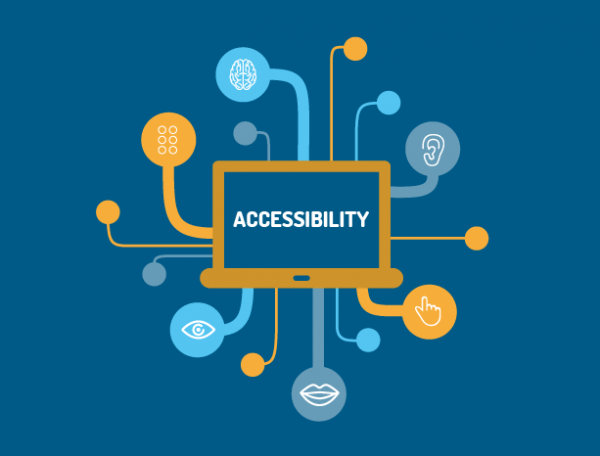Web accessibility refers to the practice of designing websites that are usable by all people, including those with disabilities. Ensuring that web content is accessible is not just a moral obligation but also a legal requirement in many jurisdictions. This article explores the importance of web accessibility, key principles, and best practices for creating inclusive websites.
What is Web Accessibility?
Web accessibility means that websites, tools, and technologies are designed and developed so that people with disabilities can use them. This includes individuals with visual, auditory, motor, and cognitive impairments. Accessibility ensures that all users can perceive, understand, navigate, and interact with web content.
The Importance of Web Accessibility
- Legal Compliance: Many countries have laws and regulations that require digital content to be accessible. Non-compliance can lead to legal repercussions, including lawsuits and penalties.
- Wider Audience Reach: An accessible website can reach a broader audience. Approximately 15% of the global population lives with some form of disability. By making your site accessible, you can cater to this demographic and enhance your user base.
- Improved User Experience: Accessible design often leads to a better overall experience for all users, not just those with disabilities. Features like clear navigation, alt text for images, and properly structured content benefit everyone.
- Enhanced SEO: Many accessibility practices align with SEO best practices. For example, using descriptive alt text for images can improve search engine indexing, leading to better visibility.
- Corporate Social Responsibility: Prioritizing accessibility demonstrates a commitment to inclusivity and social responsibility. It reflects positively on your brand and can enhance customer loyalty.
Key Principles of Web Accessibility
- Perceivable: Information and user interface components must be presented in a way that users can perceive. This includes providing text alternatives for non-text content, such as images, and ensuring that audio and video content is accessible through captions and transcripts.
- Operable: User interface components must be operable. This means all users should be able to navigate the website using various input methods (e.g., keyboard, mouse, touch) and have sufficient time to read and interact with content.
- Understandable: Information and the operation of the user interface must be understandable. This involves using clear and simple language, consistent navigation, and predictable user interface behavior.
- Robust: Content must be robust enough to work with current and future user agents, including assistive technologies. This includes adhering to web standards and ensuring compatibility with various browsers and devices.
Best Practices for Creating Accessible Websites
- Use Semantic HTML: Employ semantic HTML elements (e.g., <header>, <nav>, <article>, <footer>) to enhance the structure and meaning of your content. This helps assistive technologies interpret the content correctly.
- Provide Alt Text for Images: Always include descriptive alt text for images. This allows screen readers to convey the meaning of images to users with visual impairments.
- Ensure Keyboard Navigation: Design your website to be navigable using a keyboard alone. This is crucial for users who cannot use a mouse. Focus on logical tab order and accessible form elements.
- Use Clear and Consistent Navigation: Ensure that navigation is simple, clear, and consistent throughout the site. Users should be able to easily locate important information without confusion.
- Color Contrast: Ensure sufficient color contrast between text and background colors. This aids readability for users with visual impairments. Use tools to check contrast ratios and adjust colors as needed.
- Provide Captions and Transcripts: For audio and video content, provide captions and transcripts to make information accessible to users with hearing impairments.
- Avoid Time Limits: If your website includes timed activities, provide users with the ability to extend time limits or offer alternatives to complete tasks.
- Test with Real Users: Conduct usability testing with individuals who have disabilities to gather valuable feedback. This real-world insight can help identify potential accessibility barriers.
Conclusion
Web accessibility is an essential aspect of web development that ensures all users, regardless of their abilities, can access and engage with content. By understanding the principles of accessibility and implementing best practices, developers can create inclusive websites that provide positive experiences for everyone. Emphasizing accessibility not only enhances user satisfaction but also aligns with legal and ethical responsibilities in today’s digital landscape.



